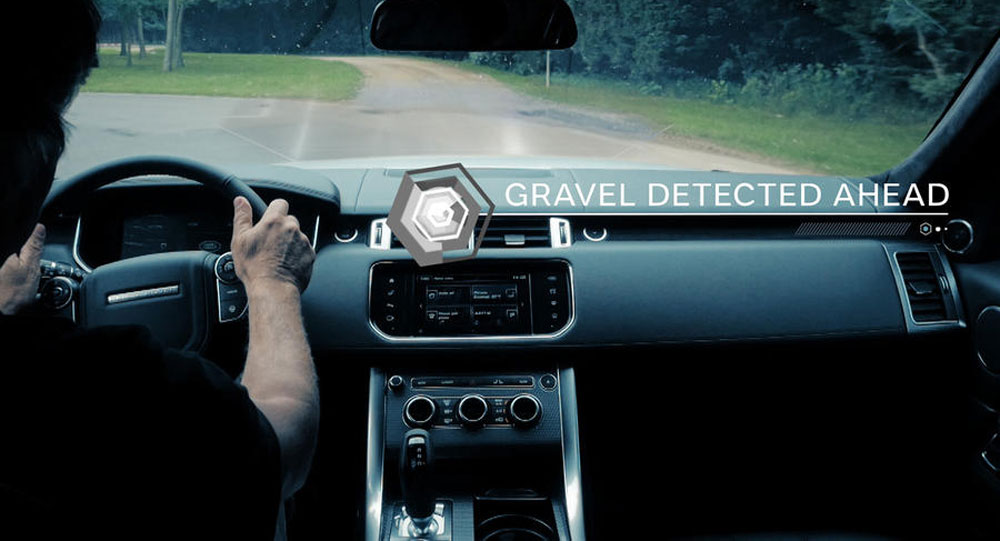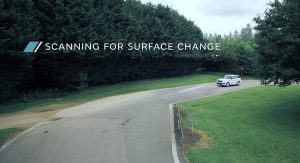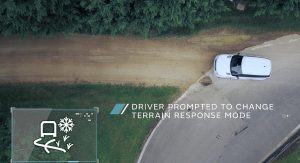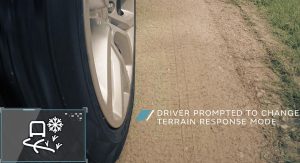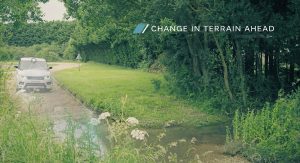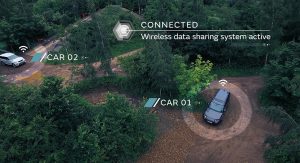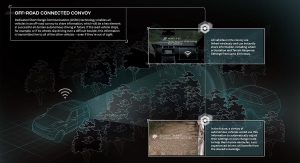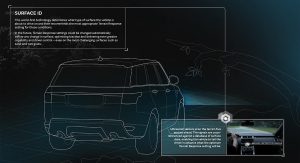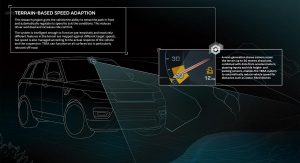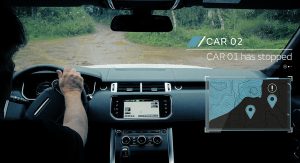Jaguar Land Rover has unveiled a series of advanced autonomous driving technologies designed to drive a car in all terrains and across any surface.
Dubbed the Autonomous all-terrain driving research project, the system uses advanced sensing technologies created to provide the car with enough artificial intelligence to navigate and plan its way through testing terrains and surfaces without driver intervention. These ultrasonic, radar and LIDAR sensors are combined with cameras to paint a 360 degree view around the car.
Tony Harper, head of research at Jaguar Land Rover said “The key enabler for autonomous driving on any terrain is to give the car the ability to sense and predict the 3D path it is going to drive through. This means being able to scan and analyse both the surface to be driven on, as well as any hazards above and to the sides of the path ahead. This might include car park barriers, tree roots and boulders or overhanging branches, as well as the materials and topography to be driven on.”
The ultrasonic sensors are pivotally important for this technology as they can detect surface conditions up to five meters ahead of the car, allowing the Terrain Response settings to automatically adjust for changing conditions. Stereo cameras meanwhile scan for overheard obstructions such as tree branches.
To ensure passengers enjoy the most comfortable ride possible, the Terrain-Based Speed Adaption (TBSA) system detects undulating surfaces, standing water and potholes through a number of cameras and automatically adjusts the vehicle’s speed to ensure maximum comfort.
The company has yet to announce when it’ll introduce such autonomous driving features to the market.



